Your Child’s First Dental Visit
When should my child first see a dentist, and why?

The ideal time is six months after your child’s first (primary) teeth erupt. This time frame is a perfect opportunity for the dentist to carefully examine the development of your child’s mouth. Because dental problems often start early, the sooner the visit the better. To safeguard against problems such as baby bottle tooth decay, teething irritations, gum disease, and prolonged thumb-sucking, the dentist can provide or recommend special preventive care.
How do I prepare my child and myself for the visit?
Before the visit, ask the dentist about the procedures of the first appointment so there are no surprises. Plan a course of action for either reaction your child may exhibit-cooperative or non- cooperative. Very young children may be fussy and not sit still. Talk to your child about what to expect, and build excitement as well as understanding about the upcoming visit. Bring with you to the appointment any records of your child’s complete medical history.
What will happen on the first visit?
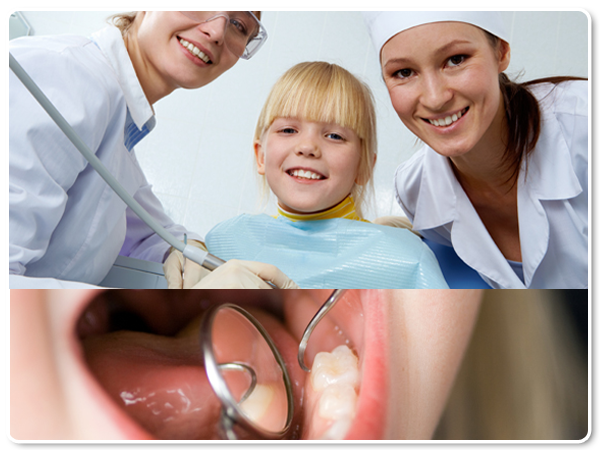
Many first visits are nothing more than introductory icebreakers to acquaint your child with the dentist and the practice. If the child is frightened, uncomfortable or non-cooperative, a rescheduling may be necessary. Patience and calm on the part of the parent and reassuring communication with your child are very important in these instances. Short, successive visits are meant to build the child’s trust in the dentist and the dental office, and can prove invaluable if your child needs to be treated later for any dental problem.
Child appointments should always be scheduled earlier in the day, when your child is alert and fresh. For children under 24-36 months, the parent may need to sit in the dental chair and hold the child during the examination. Also, parents may be asked to wait in the reception area so a relationship can be built between your child and the dentist.
If the child is compliant, the first session often lasts between 15-30 minutes and may include the following, depending on age:
- A gentle but thorough examination of the teeth, jaw, bite, gums and oral tissues to monitor growth and development and observe any problem areas;
- If indicated, a gentle cleaning, which includes polishing teeth and removing any plaque, tartar build-up and stains;
- X-rays;
- A demonstration on proper home cleaning; and,
- Assessment of the need for fluoride.
The dentist should be able to answer any questions you have and try to make you and your child feel comfortable throughout the visit. The entire dental team and the office should provide a relaxed, non- threatening environment for your child.
When should the next visit be?
Children, like adults, should see the dentist every six months. Some dentists may schedule interim visits for every 3 months when the child is very young to build up a comfort and confidence level, or to treat a developing problem.
Five ways to protect your child’s oral health at home
Parents typically provide oral hygiene care until the child is old enough to take personal responsibility for the daily dental health routine of brushing and flossing. A proper regimen of preventive home care is important from the day your child is born.
- Clean your infant’s gums with a clean, damp cloth. Ask your dentist if you may rub a tiny dab of toothpaste on the gums.
- As soon as the first teeth come in, begin brushing them with a small, soft-bristled toothbrush and a pea-sized dab of fluoride toothpaste. Remember, most children are also getting fluoride from the community water supply.
- To avoid baby bottle tooth decay and teeth misalignment due to sucking, try to wean your child off of the breast and bottle by one year of age, and monitor excessive sucking of pacifiers, fingers and thumbs. Never give your child a bottle of milk, juice or sweetened liquid as a pacifier at naptime or bedtime.
- Help a young child brush at night-the most important time to brush, due to lower salivary flow and higher susceptibility to cavities and plaque. Perhaps let the child brush their teeth first to build self-confidence, then the parent can follow up to ensure that all plaque is removed. Usually by age 5 or so, the child can learn to brush his or her own teeth with proper parental instruction.
- The best way to teach a child how to brush is to lead by good example. Allowing your child to watch you brush your teeth teaches the importance of good oral hygiene.

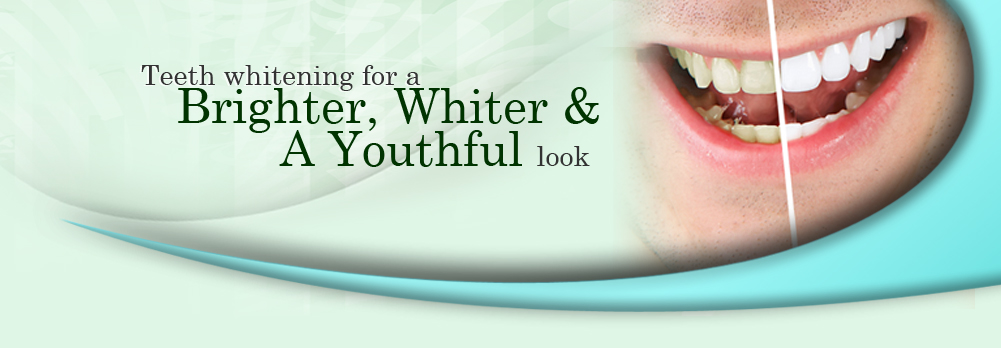
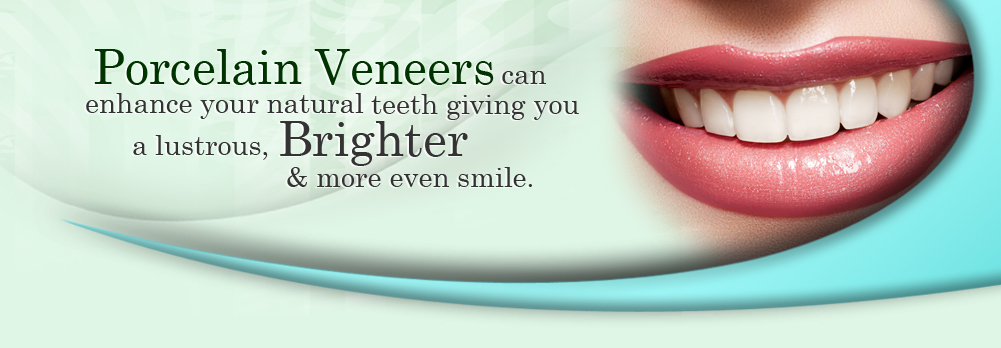

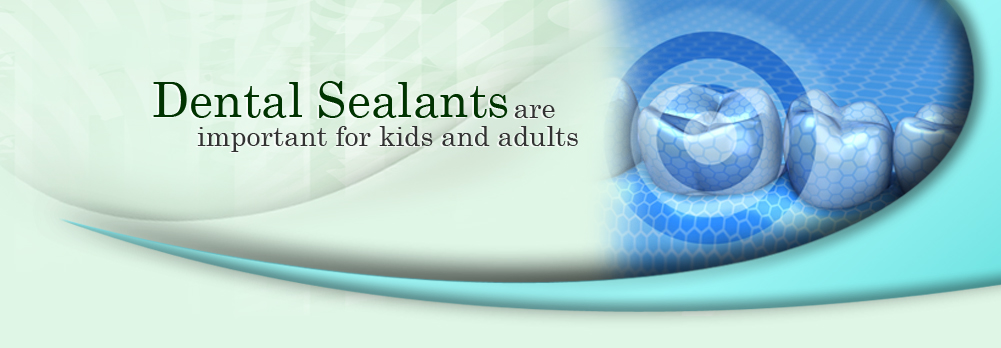
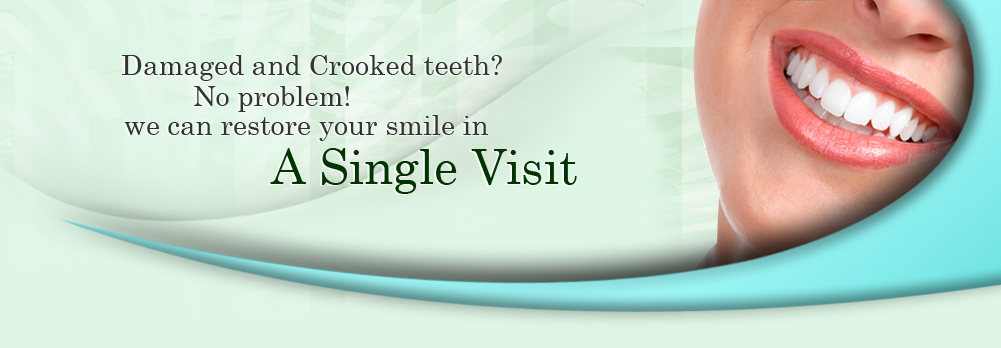





 My husband and I love Prestonwood Dental. I already wrote a review for Dr. Daftary, and realized I should write one for her practice as well, because she and her entire team are brilliant
My husband and I love Prestonwood Dental. I already wrote a review for Dr. Daftary, and realized I should write one for her practice as well, because she and her entire team are brilliant




